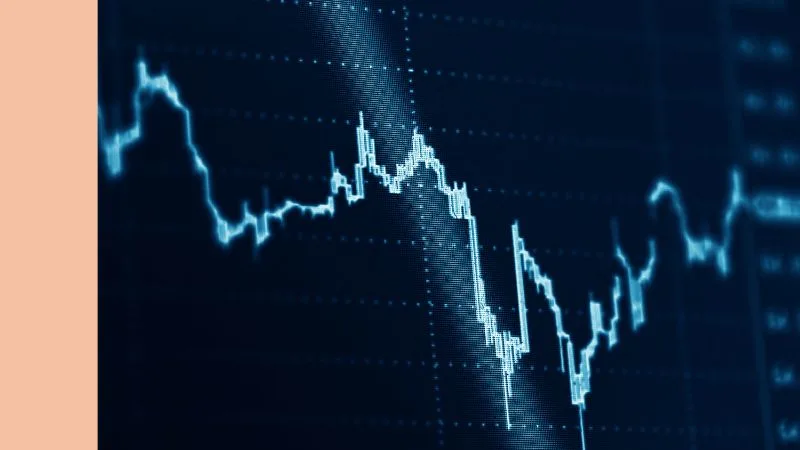Some of the largest and most dominant companies in the world are banks. Could a portfolio of bank shares provide reasonable returns? That’s what the BetaShares Global Banks ETF (ASX: BNKS) attempts to do.
What Are ETFs?
Exchange-traded funds, or ETFs, are investment funds that are listed on a stock exchange and provide exposure to a range of shares or assets with one purchase.
This Rask Finance video explains ETFs:
Global Banks ETF
The BetaShares Global Banks ETF invests in banks around the world and aims to match the performance of the Nasdaq Global ex-Australia Banks Hedged AUD index.
The ETF is currency-hedged to Australian dollars, meaning some protection is offered against fluctuations in foreign exchange rates. Many of the banks in the ETF are based in the US (36.8%).
The ETF also invests in banks across Canada, Britain, China, Japan, Brazil, Spain and several other countries.
The BNKS ETF has 59 holdings including JP Morgan Chase & Co. (NYSE: JPM), Bank of America Corp (NYSE: BAC), and Wells Fargo & Co. (NYSE: WFC).
Over the last three years, the Global Banks ETF has returned 6.57% per year. The 12 months to 30th August 2019 were not so impressive, with the ETF falling 10.93%.
One of the big reasons to invest in banks is for the dividends, and the Banks ETF does pay semi-annual dividends. However, the ETF didn’t pay a dividend in July, leaving the 12-month distribution yield at only 1.4%.
Fees & Risks
The Global Banks ETF has a management fee of 0.47% per year and additional expenses estimated at 0.1% per year, for total costs of 0.57%.
The ETF is obviously heavily exposed to the financial sector, so it would not be suitable as a core part of a portfolio because of the lack of diversification. While the ETF is currency-hedged, exchange rate risk is still a consideration as hedging does not reduce the risk to zero.
The ETF is also relatively small with net assets of around $46.5 million, which is smaller than what I would generally look for.
My Take
Australians are, in general, already heavily exposed to the financial sector so this ETF would not be my first pick. Investors also typically invest in banks for the dividend yield, and the big four Australian banks offer much higher dividend yields than the Banks ETF, plus they offer franking credits.
If you’re chasing higher yields, our number one ETF pick in the free report below also beats the Banks ETF.
[ls_content_block id=”14948″ para=”paragraphs”]
Disclosure: At the time of writing, Max does not have a financial interest in any of the companies mentioned.








